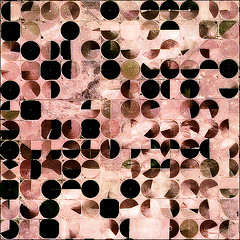 Creativity is such a positive quality that it is almost painful to argue that you shouldn’t try to be creative when making charts. But you shouldn’t. Really.
Creativity is such a positive quality that it is almost painful to argue that you shouldn’t try to be creative when making charts. But you shouldn’t. Really.
If you are too creative and the users can’t understand the chart in a few seconds they will dismiss it as useless. If you break basic conventions (time series in a horizontal axis, from left to right) users will have a hard time trying to figure out what the chart really mean. If you add 3D and other gratuitous verbiage you will obscure, truncate and distort your message.
Use creativity to improve your communication skills. Play with colors to emphasize your arguments. Show several charts instead of one. Show the data from different angles. But do everything using a familiar framework .
Try to enlarge the users comfort zone one step at a time. Remove 3D effects but keep the pie chart. Use pale colors instead of primary colors. Gray out grid lines. Reduce the number of pie charts. Add simple scatter plots. Make smaller charts. Do it slowly.
If you are not a graphic designer, if you work in a business environment, if your business needs go beyond a simple chart from time to time, then there is no room for creativity (or perhaps misplaced creativity). Your audience is busy. Respect that and make your charts as clear as possible.
How creative can we be when making charts for business? Share your thoughts below.
Photo credit: jef safi
I wholeheartedly agree with the post. Sometimes, the most heroic use of creativity comes from using the rules to make something extraordinary. I think the term “misplaced” is apt here; the creativity should be going into displaying the data (and perhaps some summary or possible inference) in a clear way so that more people will grasp the story behind the data rather than doctoring up a chart to prove to the world that you can click a button (or even use Illustrator).